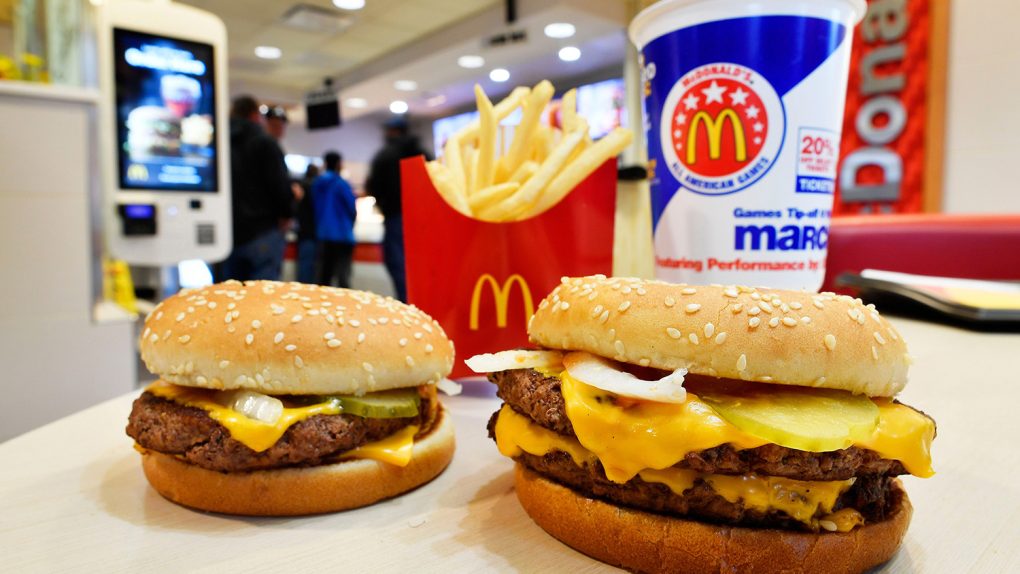When it comes to combating the obesity epidemic, researchers are doing their best to invent new ways of convincing us to eat healthier and be more active. A new research effort led by Loughborough University focuses on the educational aspect of nutrition and, more specifically, ensuring that consumers are informed about how many calories they are taking in when eating packaged foods, and how much exercise would be required to burn those calories off.
Nutritional information on the side of any food item is a good thing, but many people find it hard to tally their caloric intake over the course of a day, as juggling all those numbers in one’s head is a difficult task. So, rather than simply listing a calorie number, the researchers tested how consumers responded to exercise requirement data instead.
The system is called PACE, or “physical activity calorie equivalent,” and it’s a way to convey the amount of exercise a person would need to engage in in order to burn off the calories in any specific food. So, for example, instead of seeing “250 calories” on a nutrition label, you’d see an estimate of how much time you’d need to run to burn it off, perhaps 60 minutes, in this case. =
Research on PACE labeling has been conducted in the past, but all the data regarding its effectiveness has been spread out across multiple studies.
The work done by the team from Loughborough University sought to collect all that data and reach a larger conclusion. After pooling the data from 14 individual studies, the researchers were able to show that PACE labeling on foods resulted in fewer calories of those foods being consumed.
Labeling can be incredibly important when it comes to food consumption, the team suggests that more widespread use of PACE-style labeling could result in a net reduction in calorie consumption of around 200 calories per person every single day. Stretch that figure out over many years and it could result in a dramatic reduction in obesity-related health ailments and deaths.








